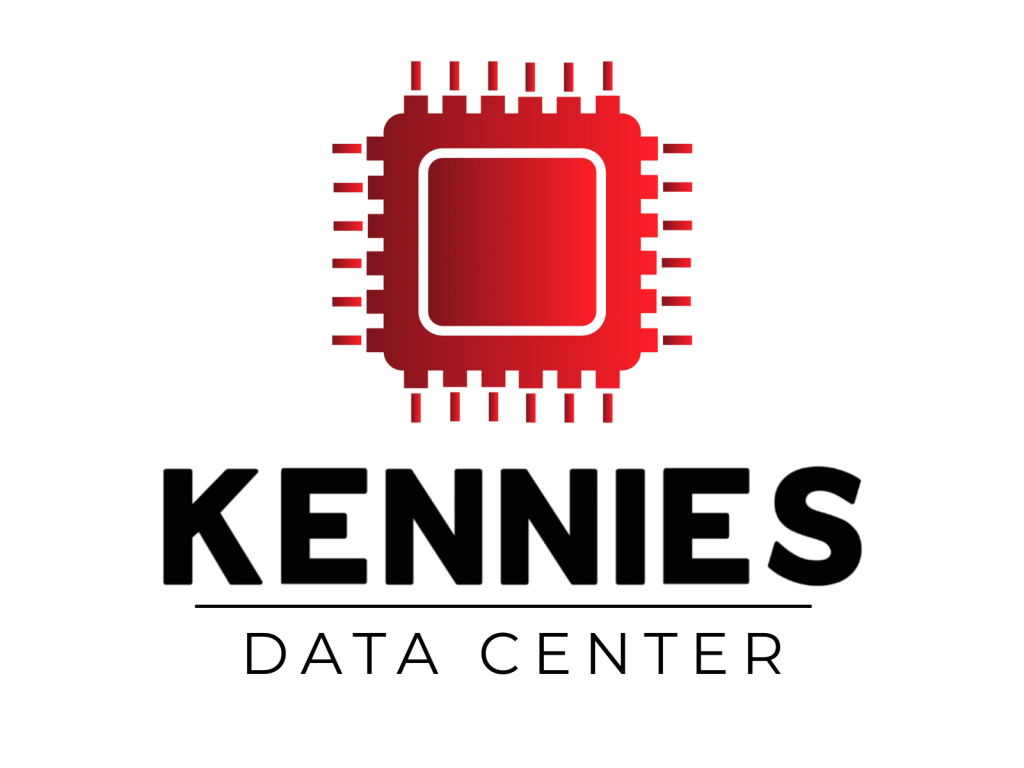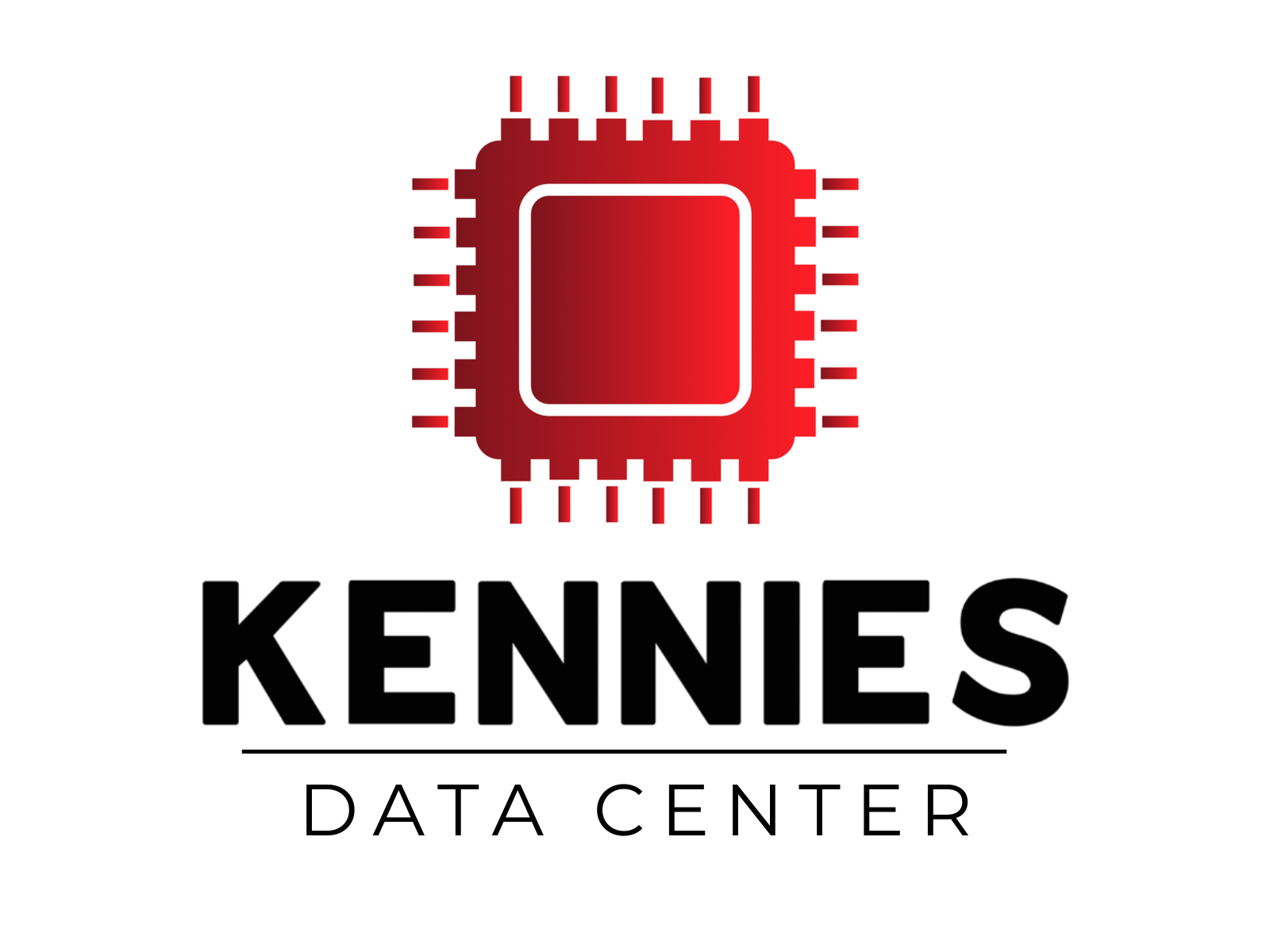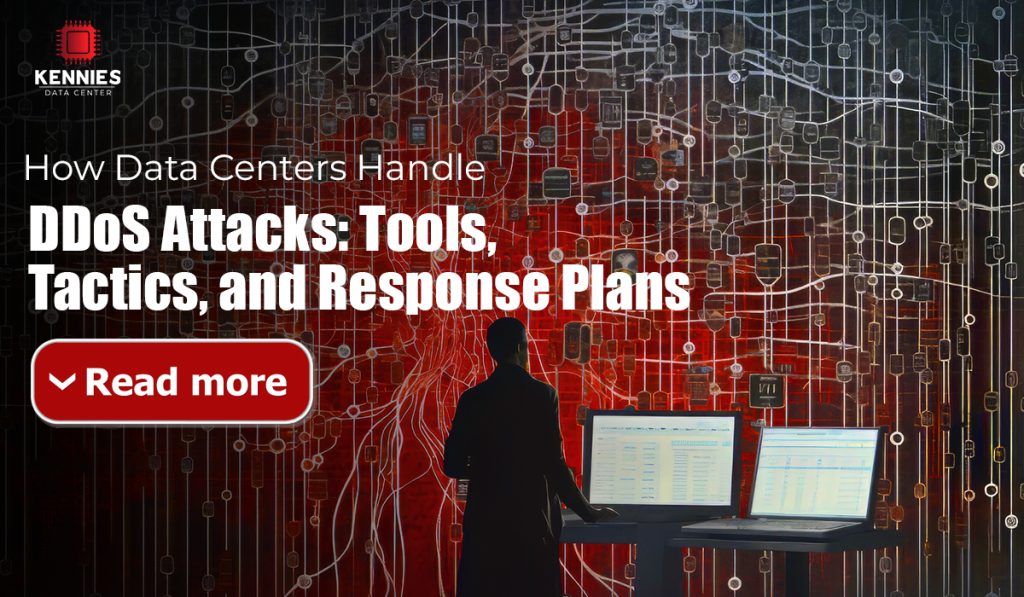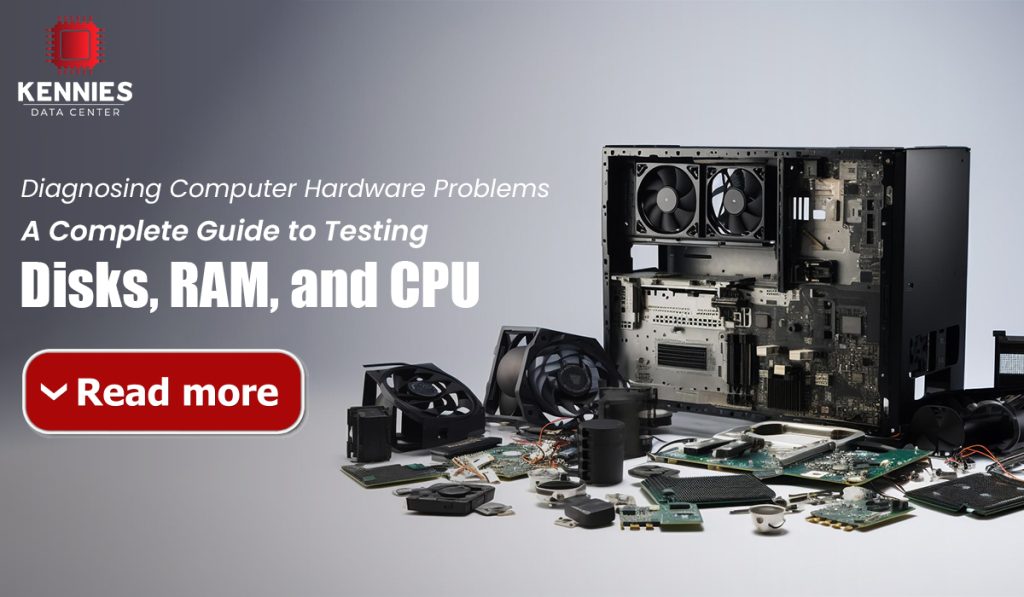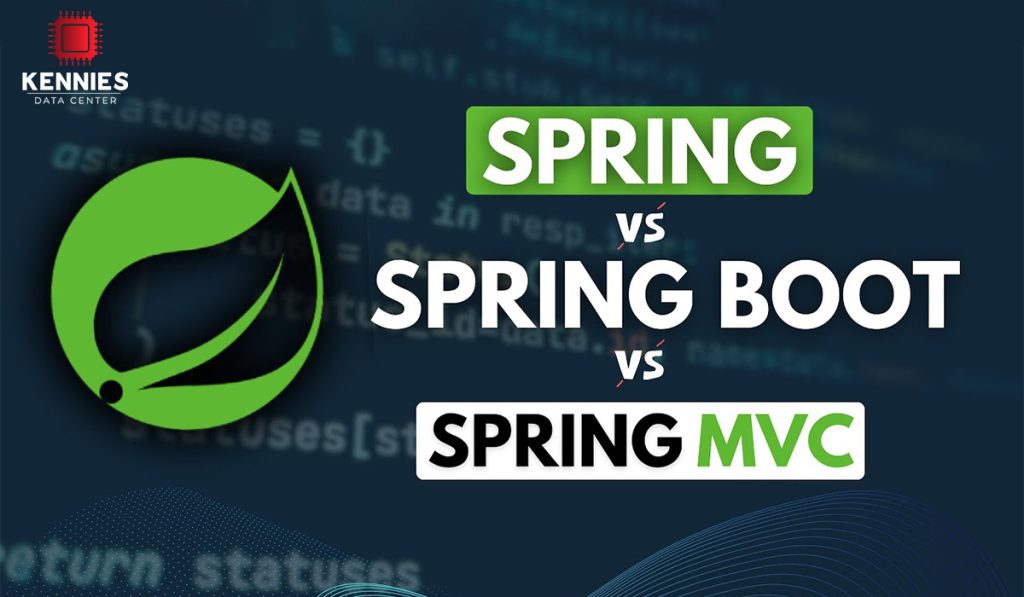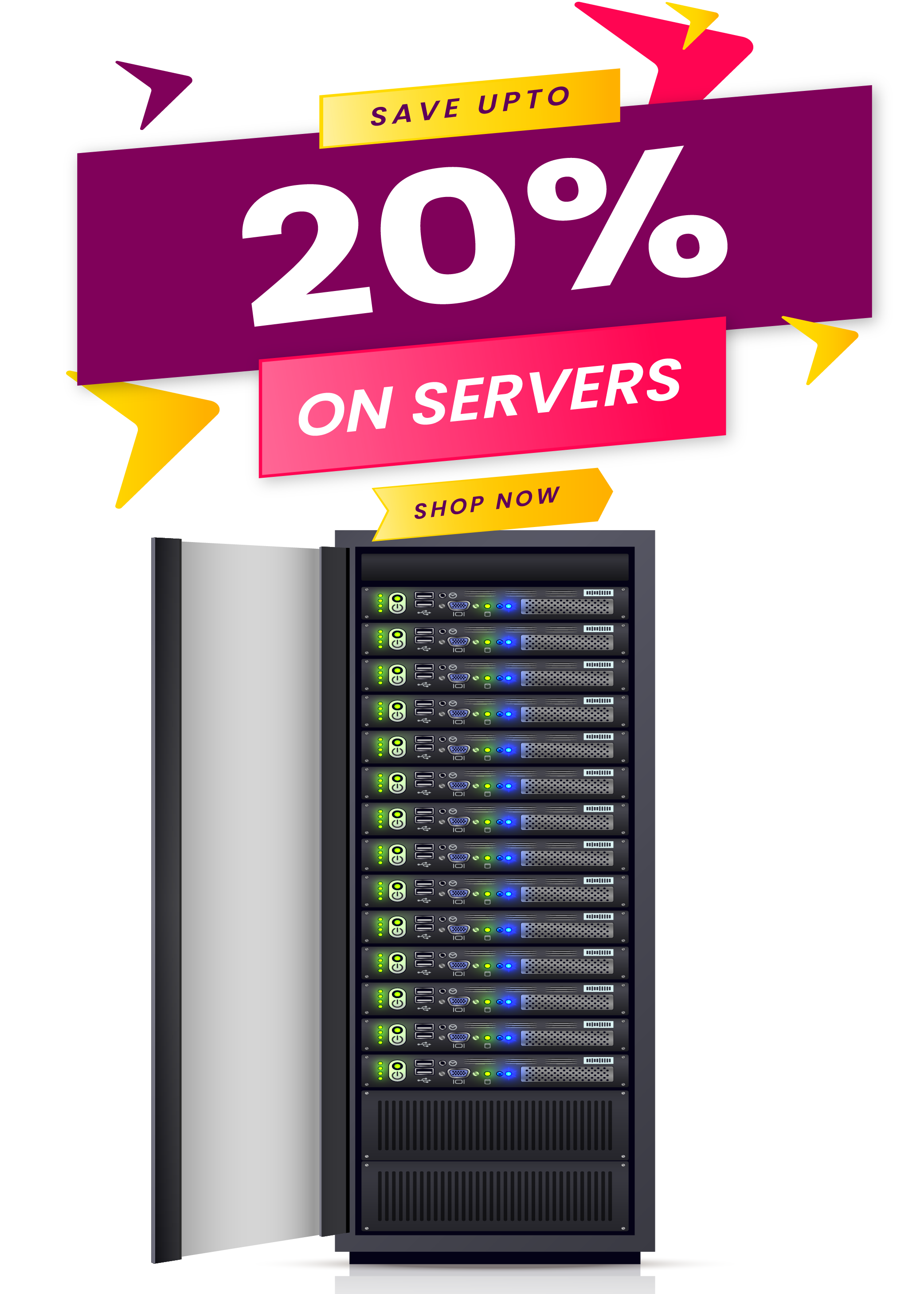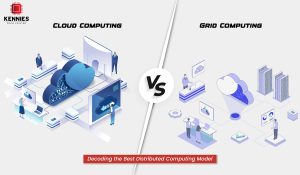
The digital age of modern topology relies on distributed computing systems with the ability to process large amounts of data, provide scalable resources, and deliver high availability and reliability in servicing users on a global network. With modern technology and the unique constructs of a global network, two paradigms have changed how technology and applications are utilized: Cloud Computing and Grid Computing. While both models are distributed processing models, and both utilize distributed resources to share for processing, they fundamentally differ in their approaches to solving a computational problem. A better understanding of the differences, characteristics, limitations, and applications of Cloud Computing and Grid Computing is important for organisations wanting to be effective in deploying distributed computing systems.
This detailed analysis will examine both Cloud Computing and Grid Computing; describe the principles on which they are based, assess their advantages, limitations, and application. Therefore, whether a technology professional, a business executive, or a curious observer of distributed computing, this guide has been developed to help you understand these game-changing and disruptive technologies.
Understanding Cloud Computing
Cloud Computing is revolutionizing the way computing resources are delivered, accessed, and consumed. Cloud computing provides on-demand access to a globally shared set of modified computing resources; all networks, servers, storage, applications and services consumers access those resources quickly while requiring little management effort or service provider interaction.
The cloud computing model relies on resource virtualization and abstraction, in which physical hardware is converted to virtual resources to be managed as necessary. These virtual resources are available through the internet, and consumers only pay when they use them. This change in resource conception has changed IT infrastructure for businesses, allowing them to manage growth by scaling their services relatively easily and without the burdens and costs of outgrowing hardware up front.
Cloud computing has public, hybrid, and multi-cloud service models, which include Infrastructure as a Service (IaaS), Platform as a Service (PaaS), and Software as a Service (SaaS). Each of these service models offers cloud computing resources in different ways and levels of abstraction and control to enable organizations to consume what they need.
Technology Behind Cloud Computing
The technological foundation of cloud computing rests on several key components that work together to deliver seamless, scalable services
Virtualization Technology
Creates virtual instances of computing resources so that many virtual machines can run on one physical server, maximizing resource utilization and enabling rapid provisioning.
Service-Oriented Architecture (SOA)
Enables modular, reusable services that can be combined to create complex applications, promoting flexibility and interoperability across different systems.
Distributed Computing Frameworks
Cloud computing leverages technologies like MapReduce, Apache Spark, and Kubernetes to distribute workloads across multiple nodes, ensuring efficient processing and fault tolerance.
APIs and Web Services
Provide standardized interfaces for accessing cloud resources, enabling programmatic control and integration with existing systems and applications.
Load Balancing and Auto-scaling
Automatically distribute workloads across available resources and scale capacity up or down based on demand, ensuring optimal performance and cost efficiency.
Data Storage and Management Systems
Employ distributed storage solutions like object storage, NoSQL databases, and distributed file systems to handle massive amounts of data reliably.
Network Infrastructure
Leverages high-speed internet connections, content delivery networks (CDNs), and edge computing to deliver services with low latency and high availability.
Security and Identity Management
Implements robust authentication, authorization, encryption, and monitoring systems to protect data and ensure compliance with regulatory requirements.
Advantages of Cloud Computing
Cloud computing offers numerous benefits that have made it the preferred choice for many organizations
Cost Efficiency
Eliminates the need for significant upfront capital investments in hardware and infrastructure, operating on a pay-as-you-use model that reduces overall IT costs.
Scalability and Elasticity
Provides the ability to quickly scale resources up or down based on demand, ensuring optimal performance during peak periods and cost savings during low usage.
Accessibility and Mobility
Enables access to applications and data from anywhere with an internet connection, supporting remote work and global collaboration.
Automatic Updates and Maintenance
Cloud providers handle system updates, security patches, and maintenance tasks, reducing the burden on internal IT teams.
Disaster Recovery and Business Continuity
Offers built-in backup and recovery solutions with geographically distributed data centers, ensuring business continuity in case of failures.
Innovation and Agility
Allows organizations to quickly deploy new applications and services, experiment with emerging technologies, and respond rapidly to market changes.
Environmental Sustainability
Shared infrastructure and optimized resource utilization result in better energy efficiency compared to traditional on-premises data centers.
Global Reach
Provides access to infrastructure and services across multiple geographic regions, enabling global expansion without physical presence.
Limitations of Cloud Computing
Despite its advantages, cloud computing also presents several challenges and limitations
Internet Dependency
Requires reliable internet connectivity for access, making applications vulnerable to network outages and performance issues.
Security and Privacy Concerns
Storing sensitive data on third-party servers raises concerns about data security, privacy, and compliance with regulatory requirements.
Vendor Lock-in
Organizations may become dependent on specific cloud providers, making it difficult and expensive to migrate to alternative solutions.
Limited Control and Customization
Users have less control over the underlying infrastructure and may face limitations in customizing systems to meet specific requirements.
Potential Downtime
Cloud services can experience outages, affecting business operations and highlighting the importance of service level agreements.
Compliance Challenges
Meeting regulatory requirements and data sovereignty laws can be complex when data is stored in multiple jurisdictions.
Hidden Costs
While cloud computing can be cost-effective, unexpected charges for data transfer, storage, and premium services can accumulate quickly.
Performance Variability
Shared resources may lead to inconsistent performance, particularly during peak usage periods or when neighboring tenants consume excessive resources.
Understanding Grid Computing
Grid computing is a distributed computing model that connects geographically distributed resources to form a single virtual supercomputer that inventories collective computing resources to deal with complex computational problems. In contrast to cloud computing, which is a business service model, grid computing is a resource-sharing model, so resources could be shared by multiple organizations or institutions for the purpose of solving specific computational problems.
The grid computing model evolved out of the scientific computing community’s need for computational power while solving large-scale simulations, data analysis or research projects that require much larger amounts of computational power than could be handled by one organization. There are many examples of research projects in which scientists/contributors came together to pool their resources (computational or otherwise) to run experiments and achieve goals they could not reach on their own.
In this way, grid computing makes rewarding research possible, and by contributing resources, this collaboration frees up resources and consists of no cost or tangible money exchange.
Grid computing is a mechanism of resource federation. This means that people from many types of institutions use their computing resources (including hardware) as shared. Contributing to the computing pool allows the participants to share and leverage resources while maintaining ownership and control over their infrastructure. Grid computing enables the use of many nodes to complete computationally intensive tasks, which take advantage of idle computing resources or (often) specialized hardware.
Technology Behind Grid Computing
Grid computing relies on several key technologies and standards that enable resource sharing and coordination
Grid Middleware
Provides the software layer that enables resource discovery, job scheduling, data management, and security across distributed systems, with examples including Globus Toolkit and gLite.
Resource Management Systems
Handle the allocation and scheduling of computational tasks across available grid resources, ensuring efficient utilization and load balancing.
Data Grid Technologies
Manage the storage, replication, and transfer of large datasets across distributed storage systems, enabling efficient data access and processing.
Security Infrastructure
Implements authentication, authorization, and encryption mechanisms to ensure secure access to grid resources and protect sensitive data.
Job Scheduling and Workflow Management
Coordinate the execution of complex computational workflows across multiple resources, handling dependencies and optimizing resource allocation.
Monitoring and Performance Management
Provide tools for tracking resource usage, job execution status, and system performance across the distributed grid infrastructure.
Standardization Protocols
Utilize standards like OGSA (Open Grid Services Architecture) and WSRF (Web Services Resource Framework) to ensure interoperability between different grid systems.
Fault Tolerance Mechanisms
Implement redundancy and error recovery systems to handle node failures and ensure computational tasks complete successfully.
Advantages of Grid Computing
Grid computing offers several compelling advantages for organizations with specific computational needs
High Computational Power
Aggregates resources from multiple organizations to create supercomputing capabilities that exceed what any single entity could afford independently.
Resource Optimization
Utilizes idle computing resources across the grid, maximizing efficiency and reducing waste in computational infrastructure.
Cost Sharing
Distributes the cost of expensive computational resources among participating organizations, making advanced computing accessible to smaller institutions.
Collaboration Enhancement
Facilitates scientific and research collaboration by providing shared computational resources and data access across institutional boundaries.
Fault Tolerance
Distributes computational tasks across multiple nodes, reducing the impact of individual system failures on overall job completion.
Specialized Resource Access
Provides access to specialized hardware and software resources that may not be available locally, such as high-performance computing clusters or specialized instruments.
Load Distribution
Spreads computational workloads across multiple systems, preventing any single resource from becoming a bottleneck.
Research Advancement
Enables large-scale research projects that require significant computational resources, accelerating scientific discovery and innovation.
Limitations of Grid Computing
Grid computing also faces several challenges and limitations that organizations must consider
Complex Setup and Management
Requires significant technical expertise to configure, maintain, and troubleshoot distributed grid systems across multiple organizations.
Security Concerns
Sharing resources across organizational boundaries creates security vulnerabilities and requires robust trust mechanisms and access controls.
Resource Heterogeneity
Dealing with different hardware, software, and operating systems across grid nodes can create compatibility issues and complicate job execution.
Network Dependencies
Relies heavily on network connectivity and bandwidth, making performance susceptible to network latency and reliability issues.
Limited Standardization
Lack of universal standards can lead to interoperability issues between different grid implementations and technologies.
Administrative Overhead
Requires significant coordination and administrative effort to manage resource sharing agreements and policies across multiple organizations.
Scheduling Complexity
Coordinating job execution across distributed resources with varying availability and capabilities presents significant scheduling challenges.
User Interface Limitations
Often requires specialized knowledge and tools to access and utilize grid resources effectively, limiting accessibility for non-technical users.
Comparison Table
| Aspect | Cloud Computing | Grid Computing |
| Primary Purpose | On-demand service delivery | Collaborative resource sharing |
| Resource Ownership | Centralized (cloud provider) | Distributed (multiple organizations) |
| Business Model | Commercial service | Collaborative/research-oriented |
| User Interface | Web-based, user-friendly | Command-line, technical |
| Scalability | Highly elastic and automatic | Limited by available grid resources |
| Cost Structure | Pay-per-use model | Shared cost among participants |
| Security Model | Provider-managed | Distributed responsibility |
| Deployment Speed | Instant provisioning | Complex setup required |
| Target Audience | Businesses and consumers | Research institutions and scientists |
| Service Types | IaaS, PaaS, SaaS | Primarily computational services |
| Standardization | Well-established standards | Limited standardization |
| Fault Tolerance | Provider-managed | Distributed across grid nodes |
| Geographic Distribution | Global data centers | Institutional resource sharing |
| Administrative Complexity | Low (provider-managed) | High (multi-organization coordination) |
| Resource Utilization | Optimized by the provider | Utilizes idle institutional resources |
Future
The future for distributed computing will most likely entail additional evolution and convergence of cloud and grid computing technologies. Cloud computing is anticipated to prevail over all other mainstream business applications, while advances in edge computing, serverless architectures, and improvements in quantum computing models will continue to expand our capabilities. Cloud computing will also become even more intelligent with AI-based resource management and automated optimization of resources.
Grid computing will remain focused on niche scientific research communities, however, like cloud computing, grid technology will witness hybridisation through convergence with cloud. The maturation of edge computing with IoT may open up new possibilities for grid computing-style resource sharing for distributed processing on resources at the network edge.
Both computing model technologies will benefit from the advances found in 5G networks, new security protocols, and better standards. Sustainability will continue to push the envelope where developments in energy-efficient computing and carbon-neutral computing paradigms in data centers take priority, and cloud computing and grid computing will be easy to develop in this realm and have relevance to the current horizon in commercial computing.
The convergence of these technologies with artificial intelligence, machine learning, and quantum computing will open new avenues in addressing complex computational problems and support the next generation of applications.
Wrapping Up
Cloud Computing and Grid Computing represent two distinct yet complementary methodologies of distributed computing, providing different needs and use cases. Cloud computing changed the way businesses use the IT infrastructure as a channel for accessing scalable capabilities for business processing. There are different types of computing capabilities that cloud computing could make possible for organizations of all sizes. It is important to note that cloud computing emphasizes ease-of-use, speed of services (deployment), and commercially acceptable service model viability over any other computing model. There were other computing models out there before cloud gained prominence, but cloud computing is now the main player in the modern world of distributed computing.
While grid computing is and remains specialized and complex, cloud computing has taken over much of the demand for computing in the scientific community and collaborative computing. Grid computing capabilities are still valuable for creating aggregated capabilities to handle different organizations’ abilities to leverage computational capabilities and special capabilities. Grid computing, if the resources in an aggregated environment exist, enables users to solve localized computational challenges that require large parallel processing capacity.
Regardless of which solution is selected, these technologies are ever-evolving. More innovations will arise as it relates to enhanced integration capabilities between various cloud initiatives in composing hybrid models that capture the best of both worlds. Understanding these technologies and their respective strengths and limitations is essential for making informed decisions about distributed computing strategies in our increasingly connected and data-driven world.
